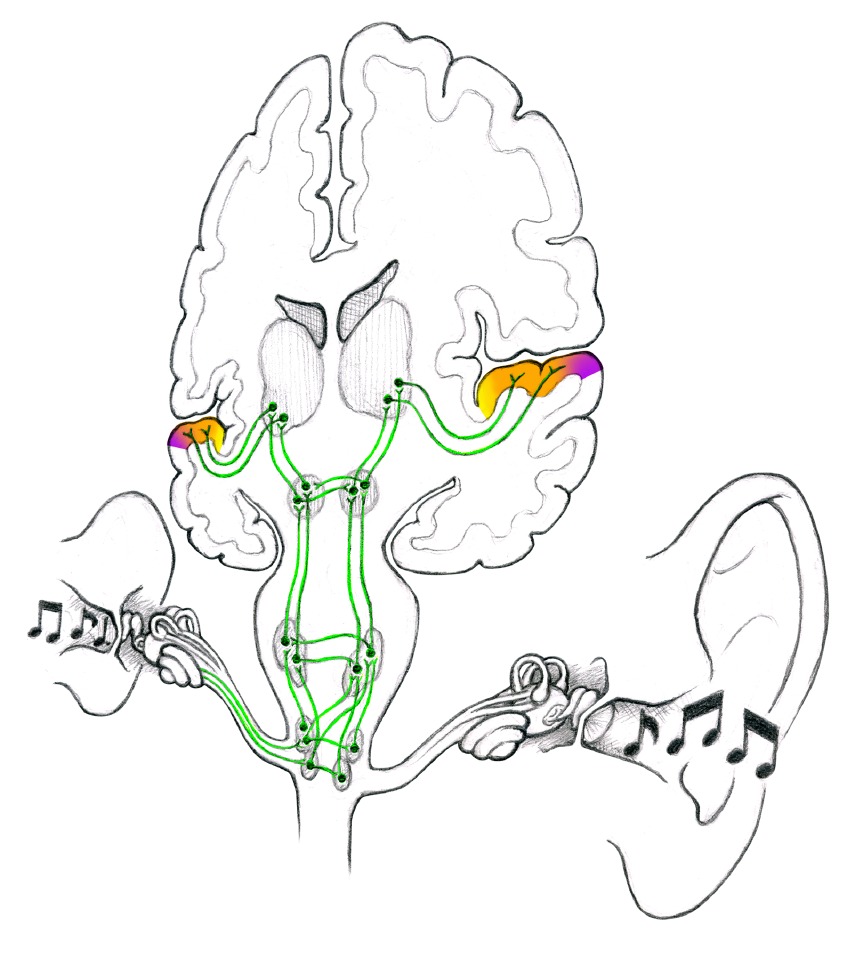Module Overview
In this module, the basic components of visual object recognition are introduced. This module begins with a brief review of the problem of perception and then focuses on the distinction between the what and where pathways for processing information about visual objects. The basic functions of the what and where pathways are introduced. The location of the pathways is discussed along with the binding problem and the function of the convergence zone in bring back the what and where components of object recognition into a unified representation.
- A basic understanding of visual perception and the visual pathway,
- The location of the temporal, parietal, and occipital lobes within the brain,
- The concept of a brain lesion and of animal models of brain processes.
Learning Outcomes
- Sketch the location of the what and where visual pathways,
- Predict the results of selective lesions involving either the what or the where pathway,
- Describe key components of the macaque visual wiring diagram and it’s implications for visual processing in humans.
PROJECT FILES
| Title | Author | Description |
|---|---|---|
|
|
Dr. Peter Coppin | CC BY |
|
|
Dr. Peter Coppin | CC BY |
|
|
Dr. Peter Coppin | CC BY |
|
|
Dr. Peter Coppin | CC BY |
| Title | Author | Description |
|---|---|---|
|
|
Dr. Mark Chignell |
This Storyline File can be downloaded and modified to your specific learning objectives (within the bounds of the creative commons licensing selected for this file. This is encouraged, but any technical issues are not supported by the University of Toronto. |
|
|
Dr. Mark Chignell |
This SCORM package can be uploaded into your institution's Learning Management System. |

